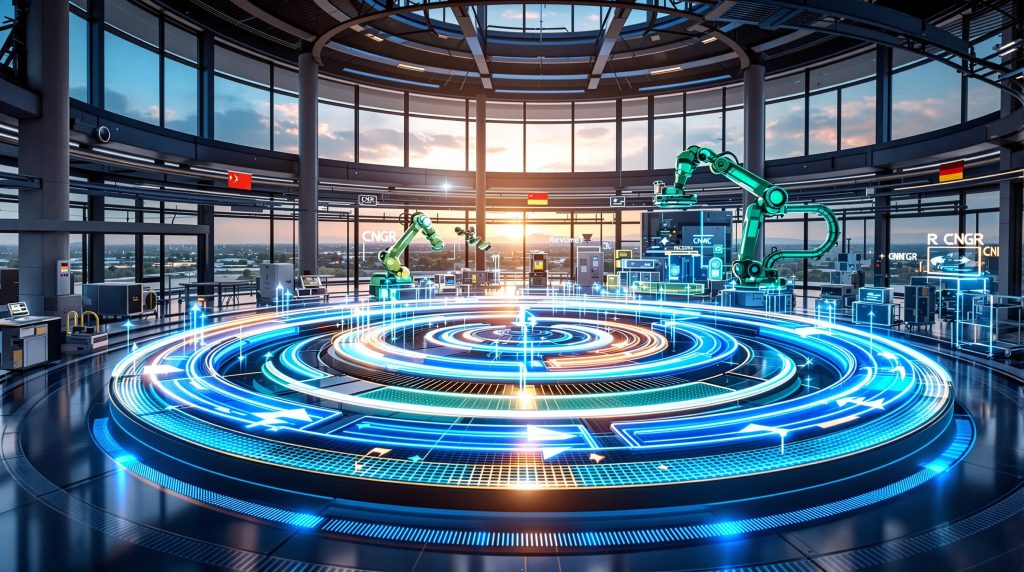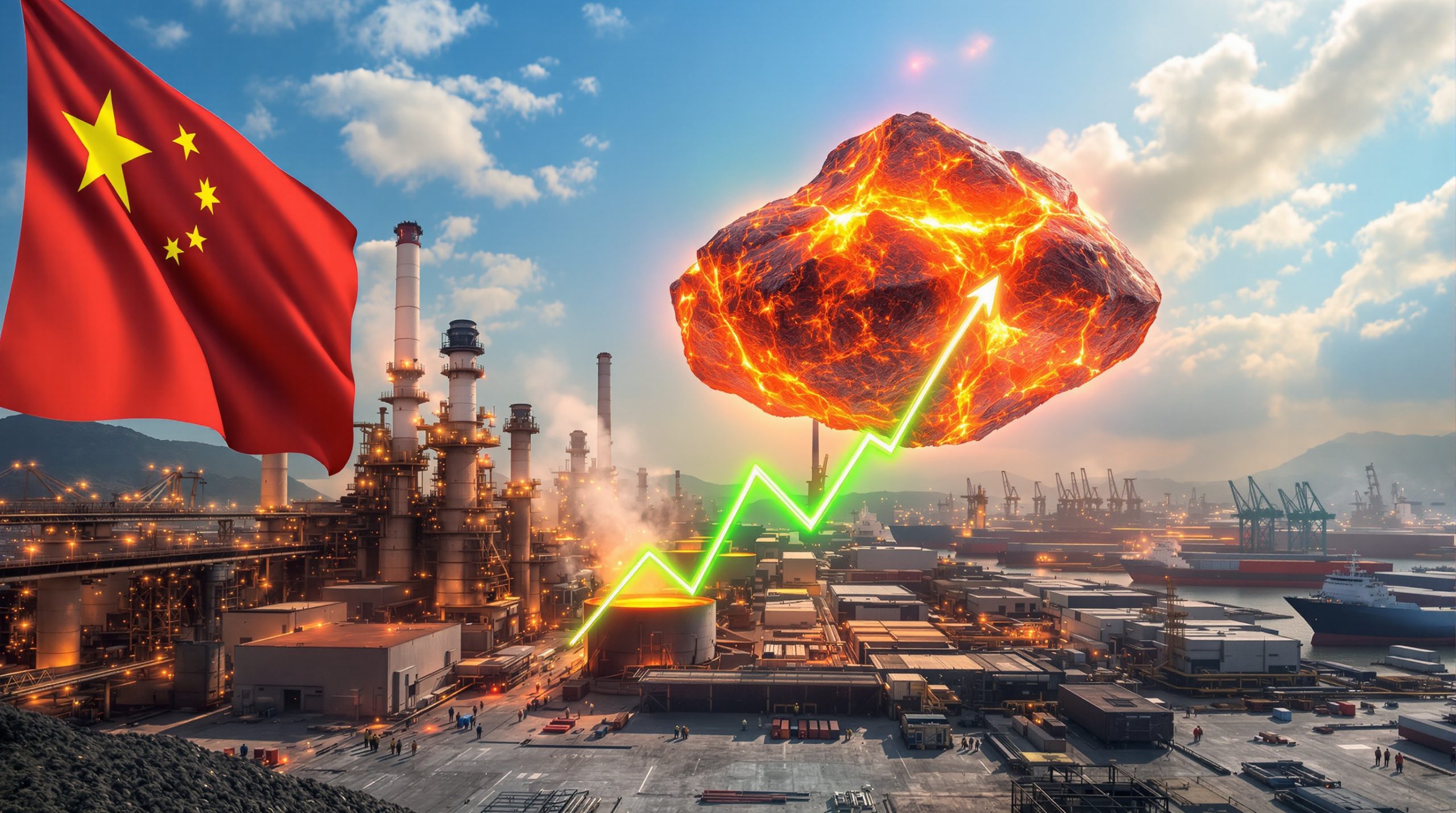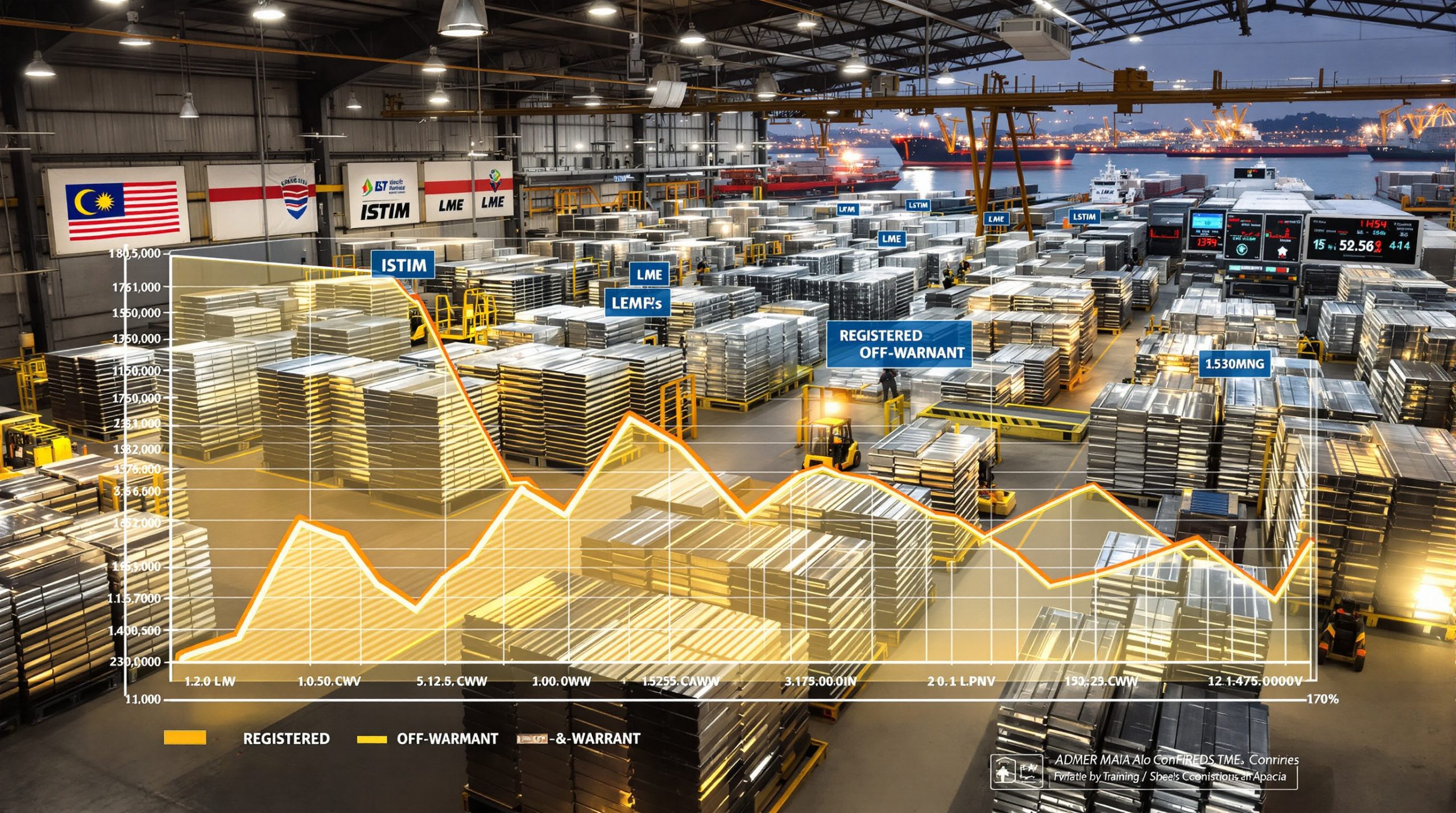Strategic Battery Recycling: The CNGR-Revomet Joint Venture Shapes European Circular Economy
In a significant development for the European battery recycling landscape, CNGR Advanced Material has acquired a 25% stake in Revomet Bitterfeld GmbH, establishing one of the most strategic partnerships in the sustainable battery materials sector. This collaboration brings together Chinese manufacturing expertise with European recycling technology, creating a powerful alliance poised to transform how battery materials are recovered and reused.
The Strategic Partnership Structure
The joint venture between CNGR Advanced Material and Revomet represents a milestone in cross-continental industrial cooperation. Revomet, founded in 2023 as a subsidiary of the established Cronimet Group, brings specialized knowledge in battery material recovery processes. CNGR contributes its extensive experience in cathode material manufacturing and global market access.
Located at the Bitterfeld-Wolfen Chemical Park in Germany, the facility stands as one of Europe's most advanced recycling facility. This strategic location provides excellent logistical advantages within the European battery manufacturing corridor.
Dr. Filipe Costa, Managing Director of Revomet GmbH, highlighted the significance of this partnership: "This collaboration brings together cutting-edge recycling technologies, international market expertise and a strong logistics network – setting a new benchmark for sustainable value creation in the battery industry."
The joint venture is particularly notable as one of the first major cooperations between a German and a Chinese company in the battery recycling sector, potentially setting a precedent for future international collaborations.
Facility Capabilities and Technological Advantages
The Bitterfeld-Wolfen facility employs advanced hydrometallurgical processes that enable high-efficiency recovery of critical battery metals. Unlike traditional pyrometallurgical approaches that lose significant material value through thermal processing, the Revomet facility's technology preserves more of the original material integrity.
The plant incorporates automated sorting systems, precision shredding technology, and advanced material separation processes that maximize recovery rates while minimizing energy consumption. These technological advantages position the facility as a leader in the European battery recycling landscape.
The strategic location within the Bitterfeld-Wolfen Chemical Park provides additional advantages through integration with existing chemical processing infrastructure, reducing transportation needs and enabling efficient material handling.
Why This Joint Venture Transforms Battery Recycling
Creating a Closed-Loop Value Chain
At the heart of this partnership lies the commitment to establishing a genuine closed-loop battery value chain. The joint venture specifically targets the recovery of nickel, cobalt, and lithium – three critical minerals energy transition materials facing supply constraints and significant environmental impacts from primary mining.
By recovering these materials from end-of-life batteries and manufacturing scrap, the partnership helps ensure these valuable resources "are not lost," as emphasized in company statements. This approach reduces dependence on raw material imports and mitigates supply chain vulnerabilities that have plagued European battery manufacturers.
The closed-loop system provides multiple benefits beyond material recovery. It reduces waste management costs for battery manufacturers, creates a more predictable supply of critical materials, and helps stabilize pricing volatility that has characterized battery material markets.
Complementary Expertise Integration
The partnership leverages distinct strengths from each organization to create a more robust operation than either could achieve independently.
Revomet contributes specialized recycling technologies and process expertise developed specifically for lithium-ion battery materials. Their technical knowledge in hydrometallurgical recovery processes enables the extraction of high-purity materials suitable for reintroduction into battery manufacturing.
CNGR brings its extensive market position and manufacturing experience in active cathode materials, along with a worldwide network within the battery industry. Their understanding of material specifications required for high-performance batteries ensures recovered materials meet strict quality standards.
The Cronimet Group provides a crucial logistics and collection network across Europe, leveraging decades of experience in metal recycling. Jürgen Pilarsky, CEO and shareholder of Cronimet Group, emphasized this contribution: "We are proud that, through this exchange of skills, expertise, and processes, the CRONIMET Group is able to make a significant and, above all, sustainable contribution to an efficient and sustainable battery industry in Europe."
This integration of complementary capabilities creates a more resilient operation capable of addressing multiple points in the battery value chain.
Global Impact on the Battery Industry
Market Positioning and Strategic Advantages
The CNGR-Revomet partnership positions both companies advantageously within the rapidly evolving battery recycling market. As regulations increasingly mandate higher recycled content in batteries, this early-mover advantage could prove significant.
For European battery manufacturers, the partnership offers a reliable domestic source of recycled materials, reducing dependence on volatile international supply chains. This localization of material sourcing aligns with the European Union's strategic autonomy goals for critical materials.
The joint venture also creates potential cost advantages through operational efficiencies. By recovering materials locally rather than shipping end-of-life batteries to distant processing facilities, transportation costs decrease significantly. Additionally, recovered materials often require less energy-intensive processing than virgin materials extracted through mining operations.
International Expansion Context
The Revomet joint venture represents part of CNGR's broader global expansion strategy. The company has demonstrated its international ambitions through several significant developments:
- A battery materials factory in Morocco announced in 2023 and completed just months prior to the Revomet deal
- A 2023 agreement with Posco Group supporting the construction of two factories in South Korea focused on nickel and battery precursor materials production
- Expanding presence in Europe through the Revomet partnership
This global footprint gives CNGR unique advantages in material sourcing, technology transfer, and market access across multiple continents. It also positions the company to benefit from regional incentives designed to boost battery manufacturing and recycling capacity.
The cross-border nature of this partnership highlights the increasingly globalized battery supply chain, where expertise and resources from multiple regions combine to address shared challenges in material sustainability.
Environmental and Sustainability Benefits
Resource Conservation Impacts
Battery recycling delivers substantial environmental benefits by reducing dependence on primary mining activities. Mining operations for battery metals like nickel and cobalt often create significant environmental disruption, including habitat destruction, water pollution, and high carbon emissions.
By recovering these materials from existing batteries, the joint venture helps reduce the environmental footprint of battery production. Material recovery becomes increasingly important as global demand for batteries continues to accelerate, driven by electric vehicle adoption and renewable energy storage needs.
The circular approach also addresses the critical issue of battery waste management. Lithium-ion batteries contain potentially hazardous materials that require proper handling at end-of-life. By establishing advanced recycling capabilities, the partnership helps prevent improper disposal while recovering economic value.
Regulatory Compliance Advantages
The partnership positions both companies favorably within Europe's evolving regulatory landscape for batteries. The European Battery Regulation, which entered into force in August 2023, establishes increasingly stringent requirements for:
- Battery collection rates
- Recycling efficiencies for specific materials
- Recycled content requirements in new batteries
- Carbon footprint declarations and maximum thresholds
- Extended producer responsibility obligations
By establishing advanced recycling infrastructure now, the joint venture prepares for these regulatory requirements while potentially gaining competitive advantages as other market participants scramble to comply with tightening standards.
The operation also aligns with broader European Green Deal objectives of achieving climate neutrality and establishing circular material flows. This alignment may create additional opportunities to benefit from green transition funding and incentives.
Future Development Potential
Technology and Capacity Expansion Opportunities
The Bitterfeld-Wolfen facility represents just the first step in what could become a much larger recycling network. As battery production and adoption accelerate across Europe, the partnership is well-positioned to expand capacity and establish additional facilities strategically located near major battery manufacturing centers.
Technology advancement presents another significant opportunity. The partners could leverage their combined R&D capabilities to develop next-generation recycling processes that recover additional materials, increase efficiency, or reduce processing costs. Potential focus areas include:
- Recovery of graphite and other anode materials
- More efficient separation technologies for mixed battery chemistries
- Direct cathode-to-cathode recycling that preserves more material value
- Advanced automation and digitalization to optimize operations
Integration with battery gigafactories represents another promising development path. By establishing recycling facilities directly connected to manufacturing operations, the partnership could create closed-loop material flows with minimal transportation requirements and maximal efficiency.
Market and Industry Implications
The CNGR and Revomet joint venture in battery recycling could significantly influence the broader battery materials market. As recycling capacity increases, the availability of recovered materials may help moderate price volatility for critical battery metals, which have experienced dramatic fluctuations in recent years.
For European battery manufacturing, the partnership enhances competitiveness by providing a more secure and potentially more affordable material supply. This localized supply chain strengthens European strategic autonomy in the battery sector while reducing exposure to geopolitical supply risks.
The success of this cross-border collaboration may inspire similar partnerships throughout the battery value chain. As the industry recognizes the benefits of combining complementary expertise across regions, we could see additional joint ventures forming to address specific challenges in material production, battery manufacturing, and end-of-life management.
Long-term, the partnership positions both companies favorably within the global transition to more sustainable battery production. As consumers and regulators increasingly demand products with lower environmental footprints, operations built around circular material flows gain competitive advantages beyond mere regulatory compliance.
FAQ: CNGR-Revomet Battery Recycling Partnership
What materials will the joint venture recover from used batteries?
The CNGR-Revomet partnership primarily focuses on recovering three critical battery materials:
- Nickel: Essential for high-energy-density cathodes in electric vehicle batteries
- Cobalt: Provides stability and performance in lithium-ion battery chemistries
- Lithium: The fundamental ion carrier in rechargeable lithium batteries
These materials represent the highest economic value in lithium-ion batteries while also posing significant supply chain challenges when sourced through primary mining. The recovery process preserves the chemical value of these materials, allowing them to be reintroduced into battery manufacturing with minimal quality degradation.
Beyond these primary metals, advanced battery recycling facilities typically recover additional materials including:
- Copper and aluminum from current collectors and casing
- Manganese from certain cathode chemistries
- Graphite from anode materials (though often at lower recovery rates)
How does this partnership address battery industry sustainability challenges?
The battery industry faces multiple sustainability challenges that this partnership helps address:
-
Resource scarcity: By recovering critical materials, the joint venture reduces pressure on limited natural resources and helps prevent future supply constraints.
-
Mining impacts: Traditional extraction of battery materials, particularly cobalt and nickel, creates significant environmental and social impacts. Recycling reduces the need for expanded mining operations.
-
Carbon footprint: Producing battery materials from recycled sources typically requires less energy than primary production, potentially reducing the carbon footprint of battery manufacturing.
-
Waste management: The partnership provides a responsible end-of-life solution for batteries that might otherwise create waste management challenges or environmental contamination risks.
-
Supply chain resilience: By establishing local recycling capabilities, the industry becomes less vulnerable to supply disruptions from geopolitical tensions or transportation challenges.
Disclaimer: While recycling offers significant sustainability benefits, it represents one component of a comprehensive approach to battery sustainability that must also include design for recyclability, extended product lifespans, and responsible primary material sourcing.
What makes the Bitterfeld-Wolfen facility technologically advanced?
The Bitterfeld-Wolfen facility incorporates several technological advantages that distinguish it within the European recycling landscape:
-
Hydrometallurgical processing: The facility likely utilizes advanced chemical processing rather than high-temperature pyrometallurgical approaches, enabling more precise material separation and higher recovery rates.
-
Automated material handling: Modern battery recycling facilities incorporate sophisticated automation for battery disassembly, material sorting, and process control to maximize efficiency and safety.
-
Chemical park integration: Location within the Bitterfeld-Wolfen Chemical Park provides infrastructure advantages, including access to chemical processing utilities, waste management systems, and logistics networks.
-
Quality control systems: Advanced analytical capabilities ensure recovered materials meet the strict purity requirements necessary for reintroduction into high-performance battery manufacturing.
The facility represents a significant advance beyond first-generation battery recycling operations that often focused on simpler material recovery with lower purity standards.
How will recovered materials re-enter the battery production cycle?
The reintegration of recovered materials follows several pathways:
-
Material refinement: Recovered materials undergo purification processes to meet battery-grade specifications, removing contaminants and adjusting chemical composition.
-
Precursor production: Refined materials are combined to create cathode precursors – the chemical compounds that will ultimately form the active material in battery cathodes.
-
Cathode material manufacturing: CNGR's expertise in cathode material production enables the transformation of precursors into finished cathode materials ready for battery cell manufacturing.
-
Quality certification: Rigorous testing confirms that recycled-content materials meet the same performance standards as virgin materials, addressing battery manufacturer concerns about quality consistency.
-
Manufacturing integration: The recycled-content materials enter the battery production process, creating cells with reduced environmental impact without sacrificing performance.
This closed-loop system ensures materials maintain their highest value throughout multiple product lifecycles, embodying circular economy principles while delivering economic and environmental benefits.
Looking Forward: The Future of Battery Recycling in Europe
The CNGR-Revomet partnership represents an important milestone in Europe's journey toward a more sustainable battery industry. As electric vehicle adoption accelerates and renewable energy storage needs grow, advanced recycling capabilities become increasingly critical infrastructure.
The success of this venture could catalyze additional investments in European battery recycling capacity, potentially establishing the region as a global leader in circular battery material flows. This leadership position would align with Europe's broader strategic goals of increasing sustainability while reducing dependence on imported raw materials.
For battery manufacturers and consumers alike, the expansion of recycling capacity offers multiple benefits. Manufacturers gain more stable material supply chains with potentially lower cost volatility, while consumers can purchase batteries with reduced environmental footprints and greater end-of-life sustainability.
While challenges remain in scaling recycling capacity to match rapidly growing battery production, partnerships like CNGR-Revomet demonstrate that industry leaders recognize recycling as both an environmental necessity and a strategic business opportunity.
As the world continues to seek more sustainable energy solutions, the battery recycling breakthrough represented by this joint venture highlights how international cooperation can accelerate the mining sustainability transformation needed to support clean energy technologies. Furthermore, the partnership creates new opportunities for battery metals investment as the circular economy for energy storage materials continues to develop.
Looking for Early Alerts on Mining Breakthroughs?
Stay ahead of the market with Discovery Alert's proprietary Discovery IQ model, delivering instant notifications about significant ASX mineral discoveries across the battery metals sector and beyond. Explore why major mineral discoveries can lead to exceptional returns by visiting the dedicated discoveries page and begin your 30-day free trial today.




